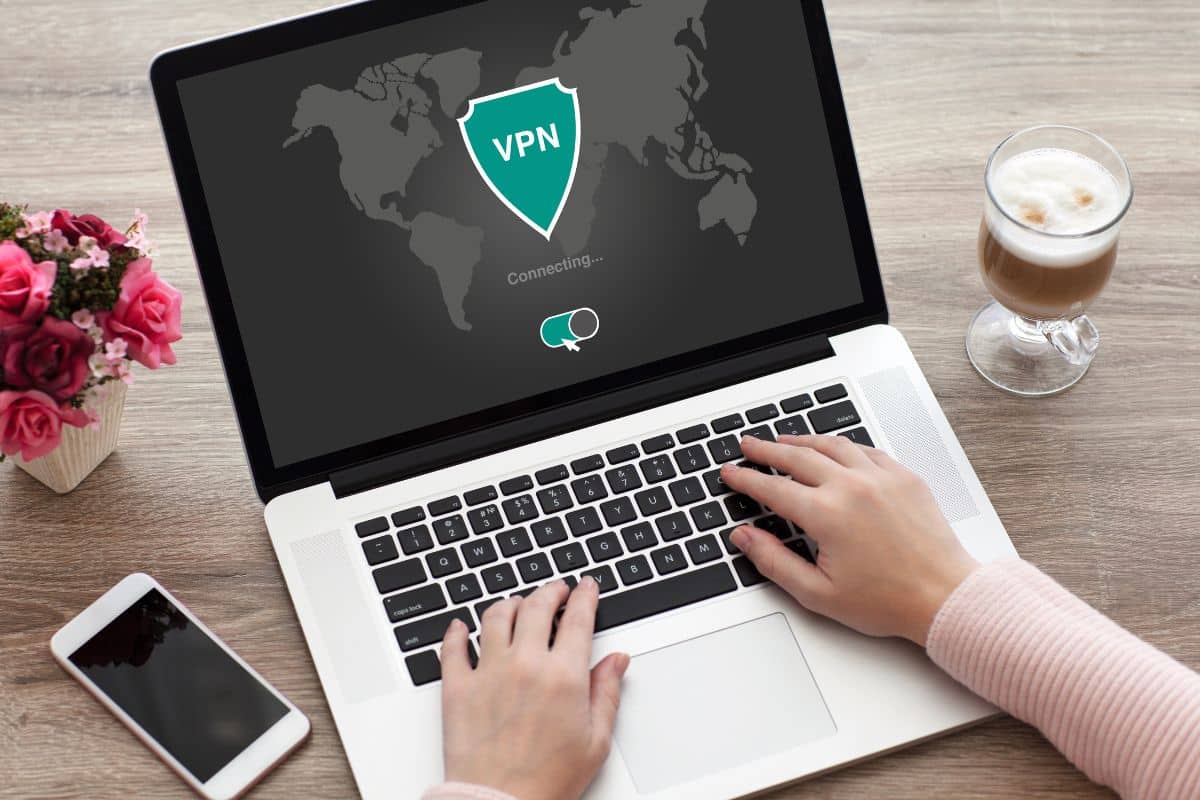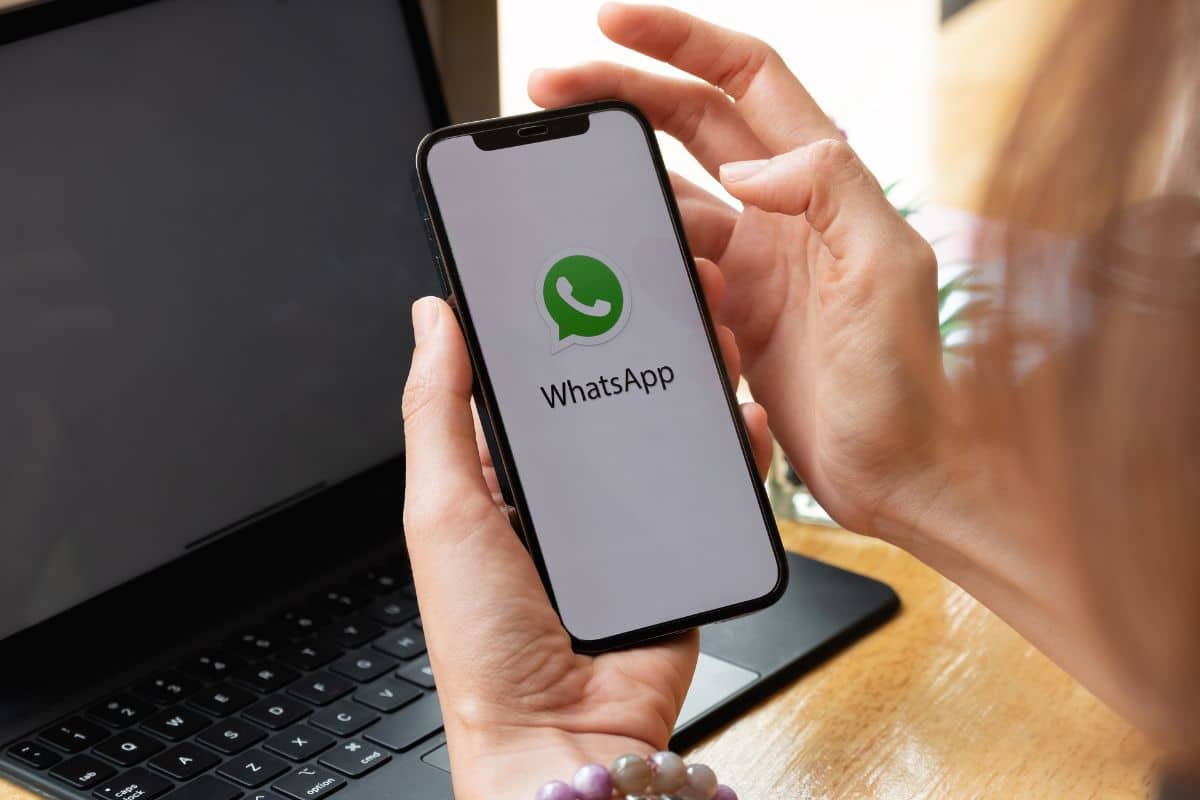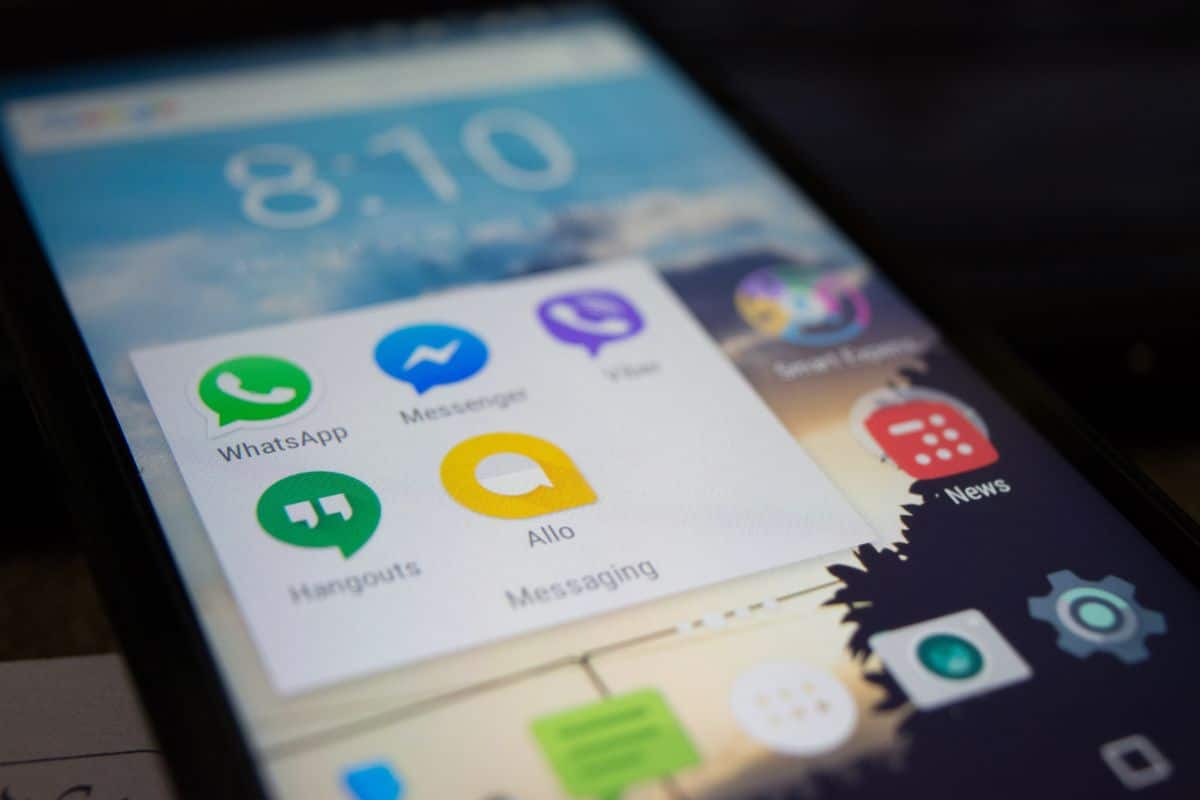Best Portable WiFi and eSIMS for Switzerland

[This post may contain compensated links. Please see my disclosure policy for more information.]
While most of us are used to having instant internet access at home and at work, whenever we want it, knowing how to access the web when travelling can be tricky.
If your Swiss vacation will include visits to the lakes and mountains, you’re going to want to know what Switzerland WiFi is like. You may even want to plan ahead by getting the best eSIM for Switzerland in advance of your trip.
Whatever your trip entails, having a good, reliable WiFi connection can make so much difference to your enjoyment. You’ll want to stay in touch with family and friends back home, for starters.
You might also like to check local maps while out and about, access your emails and e tickets, or upload photos and reels to social media. Perhaps you also need to stay in touch with colleagues and clients while you’re away.
Finding out all about the mobile WiFi in Switzerland and the best SIM card for Switzerland can ensure you have access to a secure and reliable WiFi connection throughout your trip. Sorting this out ahead of time can also make staying in touch far more affordable.
Something to know before investing in an eSIM card for your Switzerland trip applies to those who’ll be travelling by rail.
Most Swiss trains don’t have WiFi. Where they do, the signal can be patchy due to the mountains and the tunnels that get in the way. Therefore it’s wise not to expect to stay online during every moment of your trip!
That said, this article explores the best ways to stay connected with your friends, family, colleagues, and the wider world while travelling in Switzerland.
Covered here is all you should know about keeping in touch, including matters such as using an eSIM in Switzerland as a tourist, and accessing pocket WiFi in Switzerland via a portable hotspot.
By the end of this guide, you’ll know all you need to about staying in touch while in Switzerland. That way, you can set up something that works for you.
Remember, making lasting memories, during what might well be the trip of a lifetime, is far more important than sharing every photo online straight after capturing each stunning scene on camera!
[This post may contain compensated links. Please see my disclosure policy for more information.]
What's in this Article
Best ways to stay connected in Switzerland
Free WiFi networks

For many people, using free WiFi networks at your accommodation and when out and about will be enough to keep you connected. There is one thing to keep in mind, though.
When you’re at home, you can be pretty confident that your WiFi connection is secure and verified. However, when linking to public WiFi elsewhere, you could be vulnerable. Using free WiFi can carry risks.
If you choose to use the WiFi in your hotel or a public place, remember that the connection may not be secure. You should therefore take care when accessing personal information, such as bank accounts.
If you won’t need to use the internet too much and only want occasional access to WiFi for research, entertainment, and staying in touch, then using the WiFi at your accommodation may be adequate.
You can also use WiFi when you’re out, at venues such as tourist attractions, cafes, stations, and more.
If safety and privacy is a concern, you might want to think about a VPN, which is a safer and more private way to use WiFi.
Using a VPN

When privacy or online safety is a concern, one option is to use a VPN. VPN stands for Virtual Private Network.
A VPN provides an added layer of protection and privacy. This is achieved by encrypting users’ data and masking their IP address. This in turn conceals a user’s identity, location, and browsing history.
Anyone who wants a freer and more secure online experience should therefore consider using a VPN. It can also help with access to region-specific or blocked content.
As with most of Europe, using a VPN is legal in Switzerland, assuming you’re not using it for illegal purposes, of course.
To use a VPN in Switzerland, set up a new account if you don’t have one already, or talk to your existing provider. Connecting to a closer server will speed things up for a more seamless experience.
There are plenty of VPN providers, and it’s simple to find the latest deals by searching online. Some offer risk-free, 30 day, money back trials. This could be ideal if you just want to try out a VPN while you’re travelling.
Free apps for staying in touch
Here are some of the best free apps for staying in touch with family, friends, and even colleagues while in Switzerland. You can use these whether you’re connected to free WiFi, have an eSIM, or have rented your own portable hotspot.

WhatsApp is an incredibly popular messaging service that you’re likely to have used – or at least heard of – already. You’ll need to download the app to use it, which is available for Apple and Android devices.
WhatsApp is owned by Meta, who own Facebook, but the two aren’t connected. It can be used for text messages, voice messages, video calling, and sharing photos, documents, and other media.
A connection to WiFi or a mobile data network is required to use WhatsApp. When using the latter, beware of charges from your network provider. These will probably be higher if you’re using mobile roaming in Switzerland.
Messenger

Another member of the Meta and Facebook platform, you can also use Facebook Messenger if you don’t already have a Facebook account and don’t wish to set one up. Like WhatsApp, it can be used for texting, voice and video calls, group chats, and file sharing.
Download the App from the App Store or Play Store to get started without Facebook. You’ll need to create a Messenger account, and must have access to a mobile data network or WiFi to use it.
Again, check carefully regarding any applicable roaming charges before using roaming overseas, as these can be high. WiFi, on the other hand, is usually free.
FaceTime

FaceTime is primarily a video calling app, though you can use it for voice calls too. It’s an Apple product for users of iPhones, iPads, MacBooks, and iMacs. As such, it isn’t available to download to Android devices.
If you don’t have an Apple phone or other device, the only way you can use FaceTime is if an Apple user invites you to a call. They can then send a link to join the call..
Alternatives to FaceTime

Whether you don’t have an Apple device or would rather use another platform, there are various calling options out there.
Skype is the original alternative to FaceTime. It offers file sharing as well as voice and video calls. The app is free to download to your device.
Now, Microsoft Teams seems to be taking over from Skype. You can use it on Apple PCs and devices, though some users report compatibility issues between a Microsoft app and Apple systems.
Though aimed at business users, Google Meet has replaced Google Hangouts, and offers live sharing as well as video calling. There’s also Google Chat messaging for those with a Google account.
Zoom is another alternative that seems perennially popular with both business and personal users. It’s particularly good in terms of universal compatibility, and for conference calls and screen sharing.
Prepaid Swiss eSIMs
If you don’t want to run up huge data charges while roaming, another option is to buy an eSIM from a reputable Swiss provider.
Would you like to save this article?
We promise never to spam you.
You can incur roaming charges in Switzerland when using SIM cards purchased from outside the country. The same applies if you buy a SIM card in Switzerland, and then use it in other countries.
It’s best to arrange an eSIM online in advance. Otherwise, you might end up wasting precious holiday time by visiting a physical store. You also need your phone to be unlocked, and may have to provide documentation too.
Whether you want an eSIM for Switzerland that’s prepaid with a data and time limit, or an eSIM for Switzerland including unlimited data, below are the easiest options open to you. They will give you more freedom than relying on local WiFi networks.
With eSIMs so simple to use, available to order online, and delivered instantly, they are a much easier and more modern option than SIM cards.
Airalo

Airalo eSIMs for Switzerland are provided by Pilatus Mobile. In this case, it’s all set up via an app and a few simple steps.
Once you’ve downloaded the Airalo app to your device, you can select Switzerland, and then pick a package. Next, install your eSIM and then activate it, all via the app. You can do this wherever you are in the world at the time.
Package options currently range from 1GB of data for seven days, or 2GB for 15 days, to 30-day plans offering data bundles between 3GB and 20GB.
Get your Airalo eSIM for Switzerland here
Swisscom Prepaid Flat 7
Swisscom offers an eSIM that’s tailor made for tourists. It opens up the option of free surfing and calling while you’re in Switzerland.
There are no roaming charges, no contract ties, and no unexpected charges as it’s all prepaid. As it’s an eSIM, nor do you need to visit a point of sale after arriving in Switzerland.
Known as the Prepaid Flat 7, it offers a week’ worth of calling, texting, and surfing the web within Switzerland. The speed is 50 mbps, and it costs CHF 20. You can order this prepaid SIM for Swiss tourists via the Swisscom website.
Holafly
Another option is to buy an eSIM from Holafly. This includes the option of an unlimited data eSIM, which you can order online. This is delivered to your phone instantly, via a QR code.
The Holafly Switzerland eSIM uses the best Swiss mobile networks – Salt, Sunrise, and Swisscom. It thus offers a high speed connection. 24/7 chat support is also offered to Holafly customers.
Do note that the Holafly eSIM doesn’t include calls and standard text messages, though you can use messaging apps like WhatsApp. If you want to make calls, you may be better off with the Prepaid Flat 7 from Swisscom.
Holafly eSIMs are available for a variety of durations, from one day to five, 10, 15, or more.
Planning a trip to Switzerland?
At Holidays to Switzerland we are passionate about sharing our love of Switzerland and helping you to plan the perfect trip. Read our guide to planning a trip to Switzerland to kick start your travel plans and join our free Switzerland Travel Planning group on Facebook to chat with other past and future travellers.
Want monthly news and podcast updates, helpful travel tips and special deals sent straight to your inbox? Subscribe to Holidays to Switzerland and we’ll send you a bonus copy of our 21 Useful Things to Know Before You Visit Switzerland guide.
🇨🇭 Check out our exclusive discount offers and save on your Swiss vacation. 🇨🇭
International data plan from your phone provider

Your existing service provider may include the option of an international data plan with their services. What’s available will depend on where you live, as well as what your operator has decided to offer.
It’s best to get in touch with them via their website, chat, phone, or social media to see what they can do. Offers change all the time, and vary according to the provider.
Costs vary, and deals may typically include calls, texts, and mobile data.
If you set this up before you travel, check how the service should be triggered when you arrive in Switzerland. This may happen automatically, but check carefully to ensure you avoid unexpected charges.
Costs are usually charged on a per day basis, so you can tailor the plan according to your exact needs. You should also be able to keep your usual mobile phone number more easily with this option.
Portable WiFi hire

Portable WiFi devices mean you can effectively carry the internet around with you. You can take these pocket-sized portable modems wherever you go, giving you WiFi access 24/7.
One big advantage is that more than one device can be connected, keeping everyone travelling with you online too. Here are two of the main suppliers to consider.
HippocketWiFi
Hippocket WiFi can give you access to high-speed internet connection throughout your stay in Switzerland. You should be able to connect just as fast as you’re used to at home, and with this company, up to 10 devices can join each pocket modem.
Obviously this involves a physical device, unlike eSIMs. You can opt to have this delivered to your home or work address before leaving home. Or arrange to have it delivered to the airport, a pick-up point, or your local address in Switzerland.
It can normally be collected a day or two before your hire period begins, so you don’t miss out on any of the time you’re paying for. Costs start from around EUR 4 per day.
TravelWifi
Specialist provider TravelWifi also offers portable WiFi hotspots. You can buy or rent these, depending on your needs. It may be worth buying your own if you’ll use it enough.
Whether you rent or buy, you’ll need a data plan. This is available as a daily pass if you’ll be renting the device. With this provider, up to five devices can be paired with each hotspot.
Once you’ve ordered, the device can be delivered to your home, workplace, or hotel in Switzerland. Alternatively, you may be able to pick it up from a local collection point after arriving in the country.
Tips before buying eSIMs and portable WiFi devices

Before rushing off to buy a portable WiFi device or eSIM, take a moment to think about what you’ll really need while in Switzerland.
How much data are you likely to need? Will you be accessing data on the move, such as to access maps, send WhatsApp messages, or book an Uber? Or do you just need access to WiFi sometimes for checking emails, researching your trip, or FaceTiming your folks back home?
If you’re not sure how much data you’ll need, you can get an idea by checking your phone data usage at home. This can usually be found via your mobile phone’s settings menu.
If you will be travelling with a friend or family members who all require WiFi access, then renting – or even buying – a portable modem or WiFi hotspot might save you money, as you can connect multiple devices.
Whatever you go for, always make sure you switch off data roaming before leaving home – unless you’ve purchased a roaming plan from your provider that will cover usage from the moment you touch down on Swiss soil.
You definitely don’t want to incur expensive roaming charges you didn’t include in the budget for your trip!
Swiss eSIMs & portable WiFi | Final thoughts

Staying connected while in Switzerland is generally easy – as long as those majestic mountains don’t get in the way of the WiFi signal!
The options for staying online include using free WiFi networks – with a VPN if you have privacy or safety concerns.
If you want more coverage, then you could buy a prepaid eSIM, or arrange a roaming plan with your phone provider. You could also hire or buy a portable WiFi hotspot, which allows you to connect between five and 10 devices.
Whichever you choose, think carefully about what you’ll really need while you’re away. Make sure you plan ahead, too.
Not only can this save you cash, but it also frees up your precious time so you can make the most of every moment you spend in beautiful Switzerland!
Before you go! 👉 See all our Switzerland vacation planning guides.
SWITZERLAND TRAVEL ESSENTIALS

